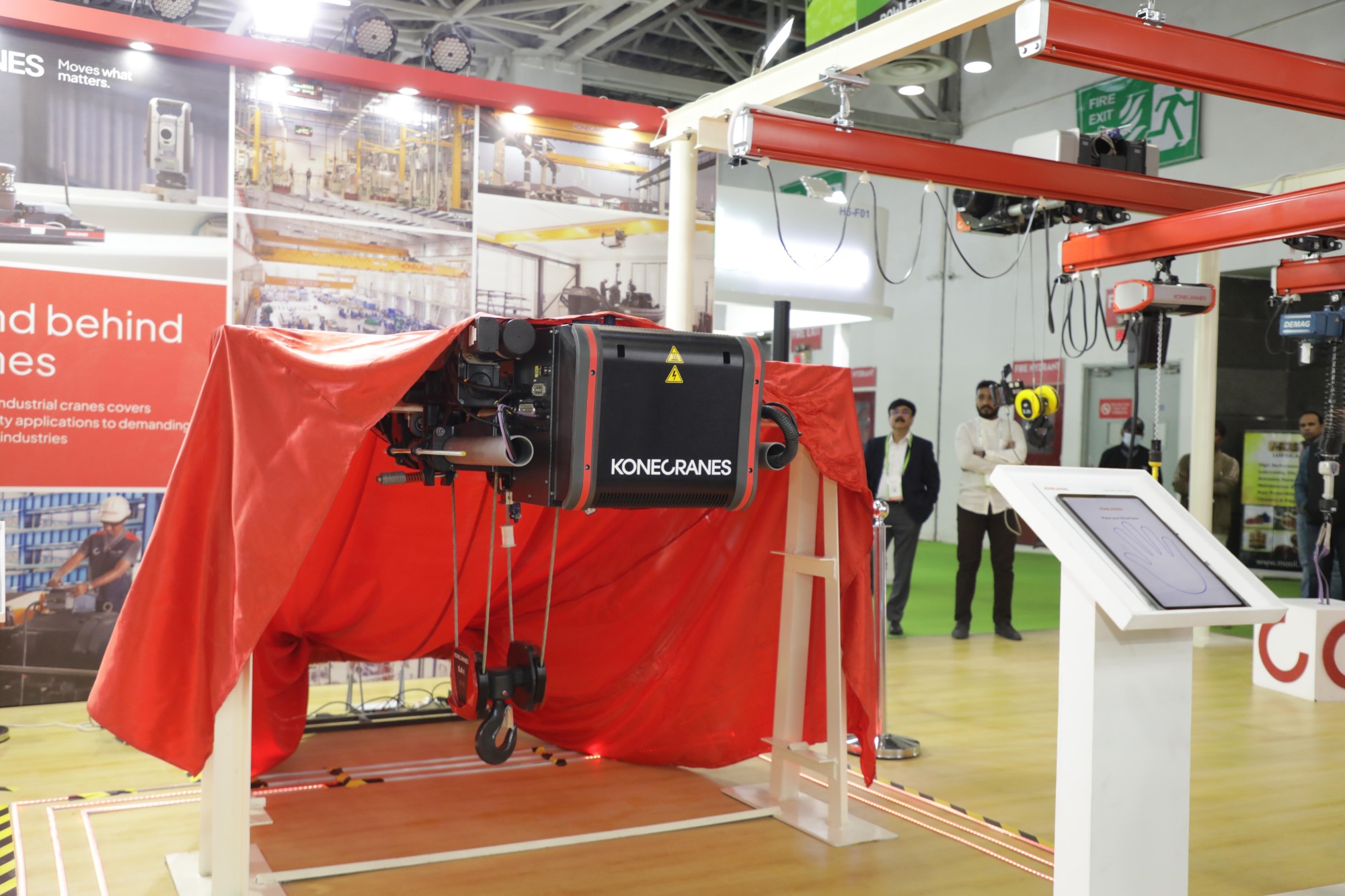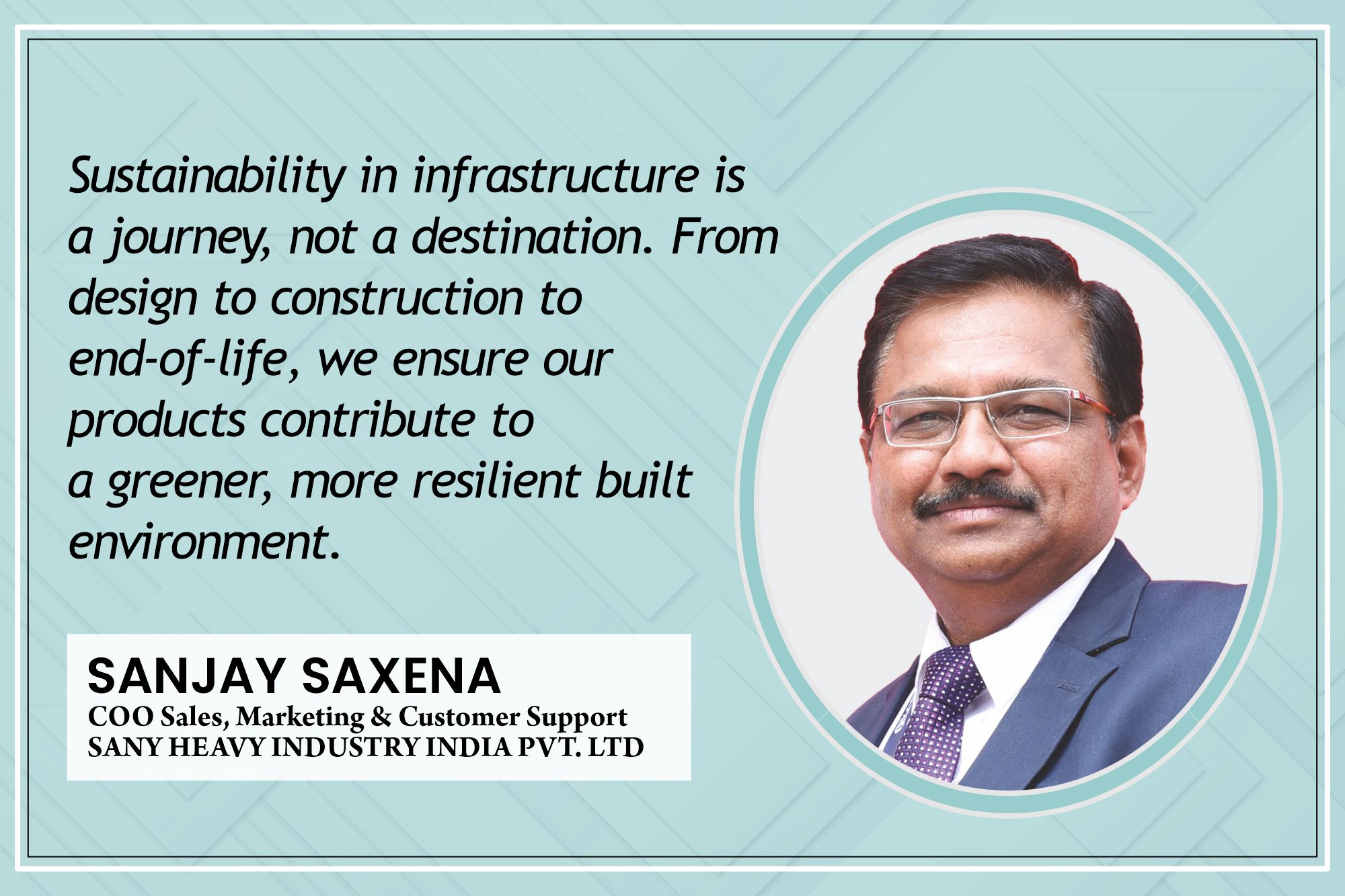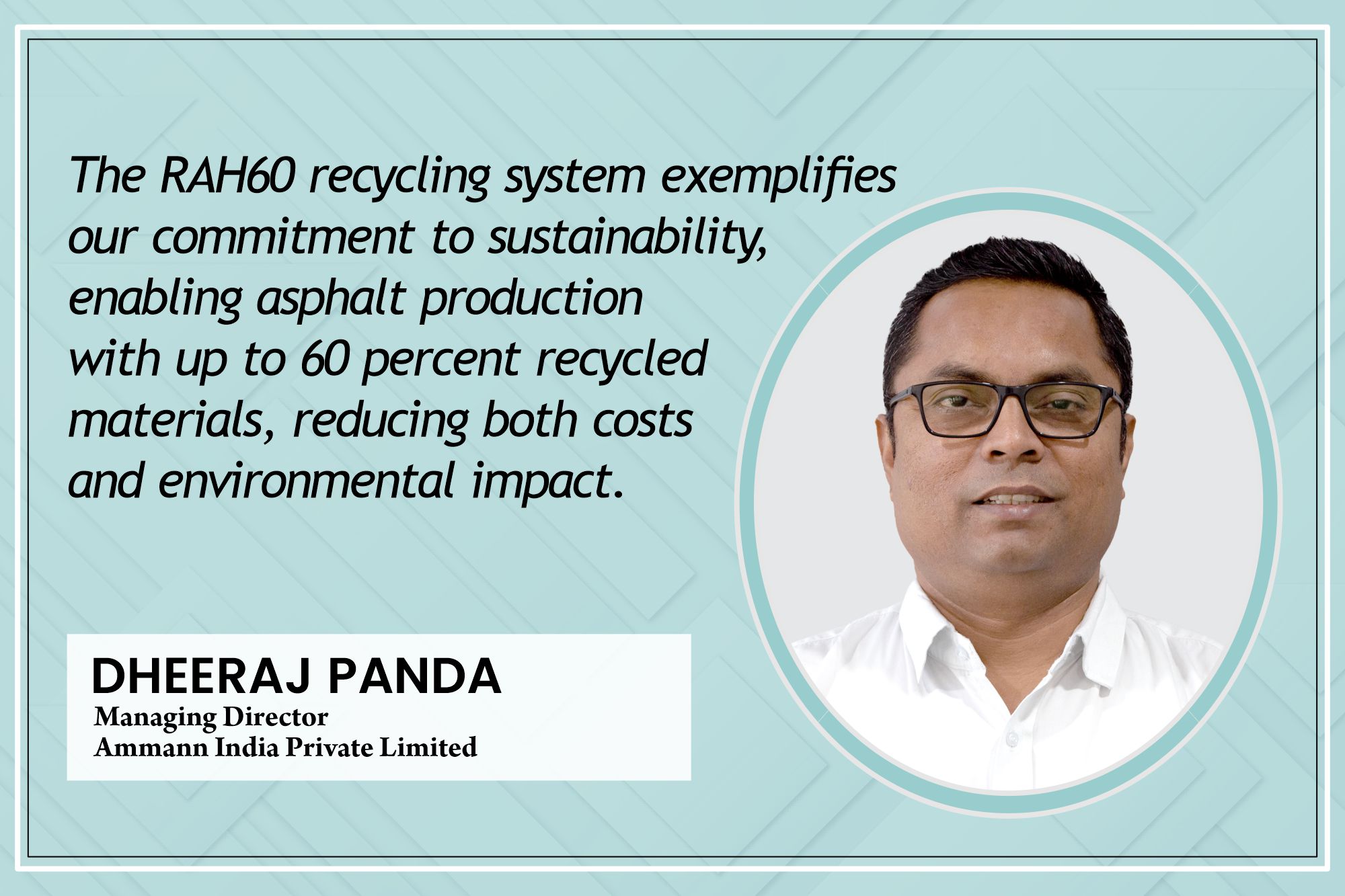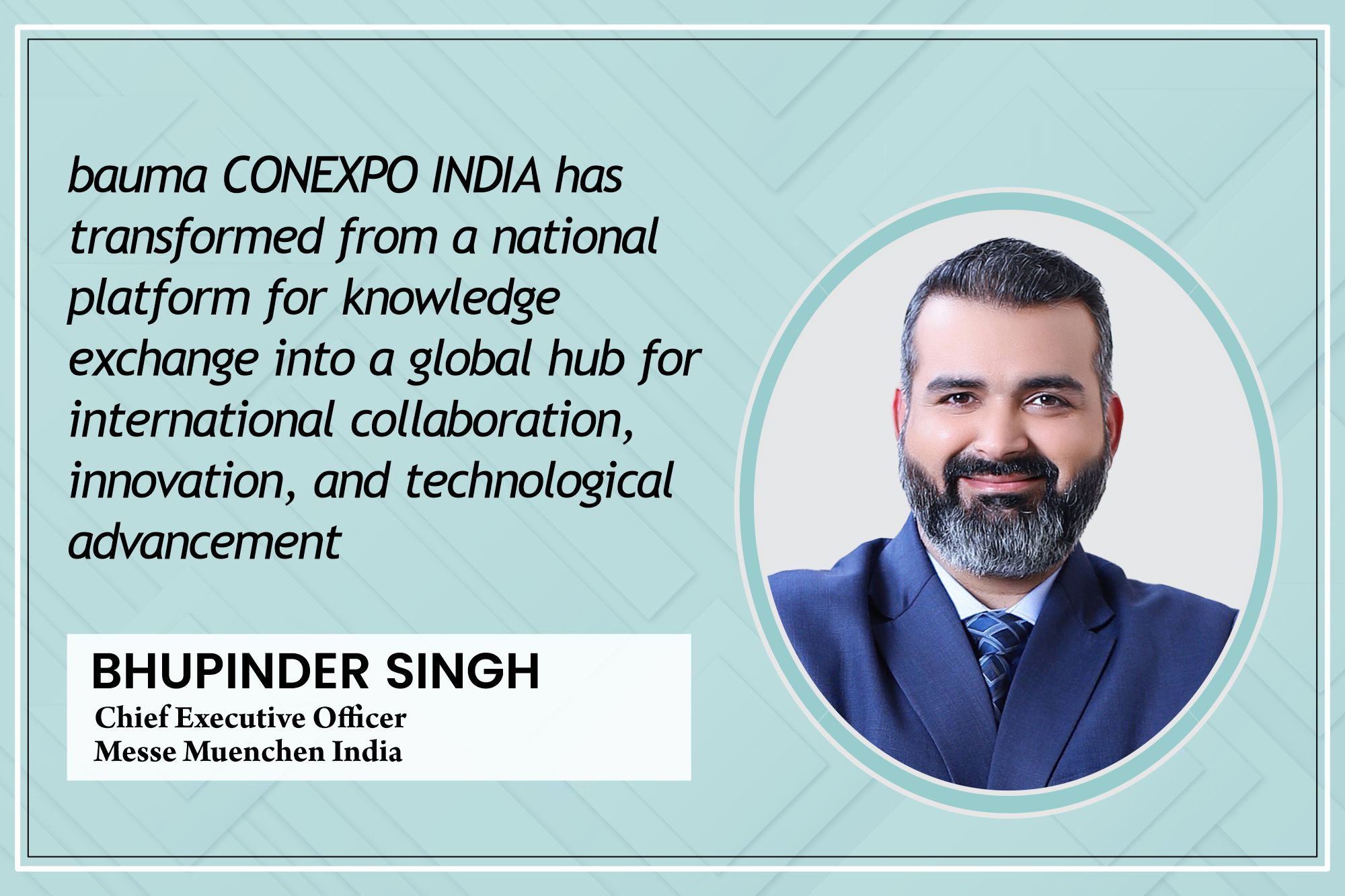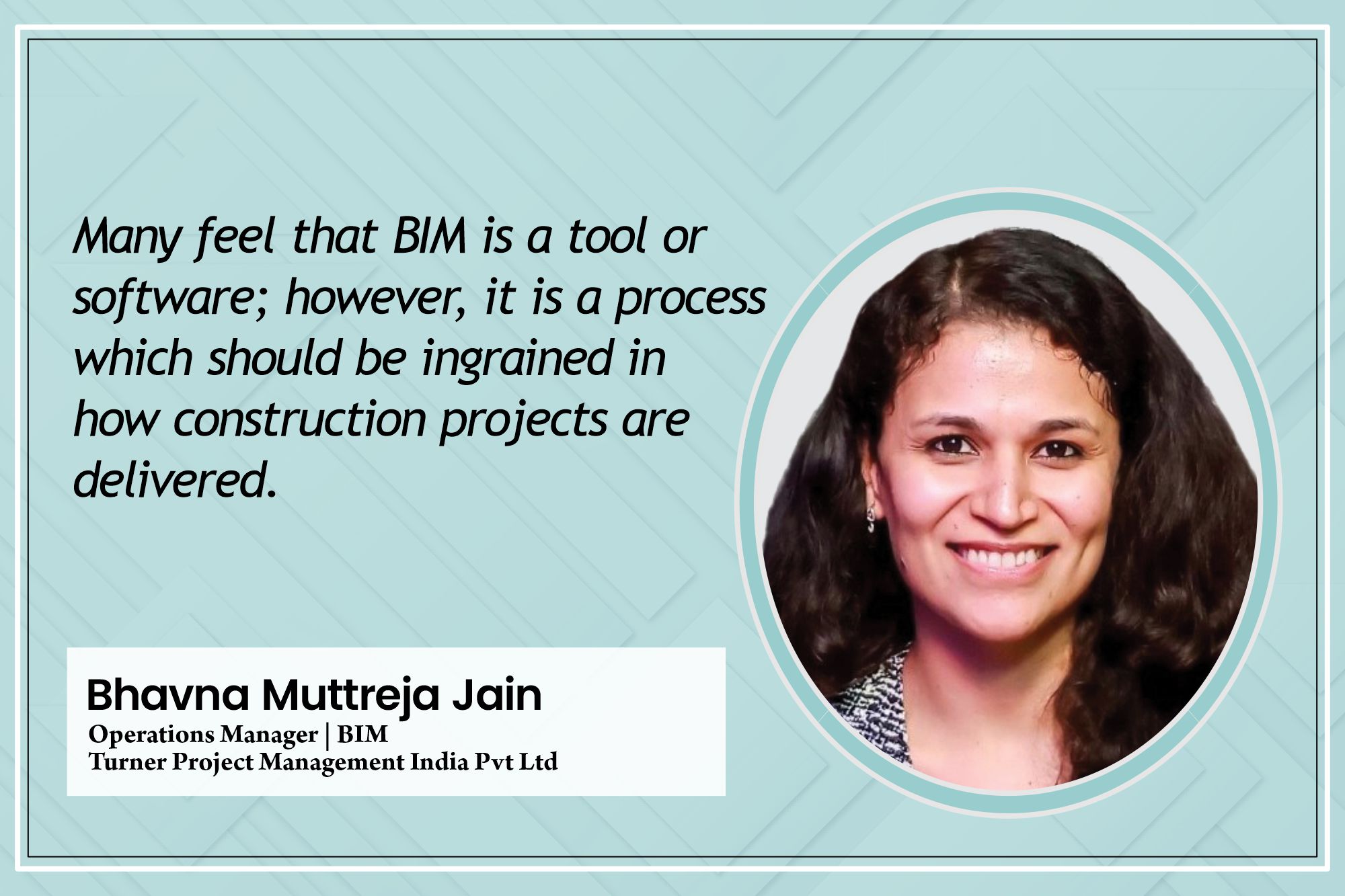Bidding farewell to L1:
By Edit Team | March 7, 2024 12:39 pm SHARE

Why India needs the L1+C1 model for sustainable infrastructure
India is pivotal in its infrastructure development journey, where the choices made today will shape the nation’s future. Currently, procurement practices in the infrastructure sector primarily rely on the L1 (Lowest Cost) bidding model. While cost-effectiveness is crucial, the exclusive focus on cost overlooks vital considerations such as environmental impact and social sustainability. The L1+C1 model, which considers both cost and carbon emissions, is a compelling alternative that offers a pathway towards sustainable infrastructure development.
The pitfalls of price-first procurement: Why L1 bidding falls short
The L1 model, while promoting cost-efficiency, incentivises cutting corners on materials and construction practices, leading to many problems.
One prominent drawback of the L1 system is its propensity to prioritise the lowest quoted cost, often resulting in compromised quality standards. This emphasis on cost minimisation may attract bidders who prioritise financial considerations over the quality of materials and artistry.
Additionally, the L1 model’s reliance on the lowest-cost bidding method may allow unqualified suppliers to participate in the tender process. This lack of scrutiny during supplier selection can lead to subpar materials and services being employed in construction projects.
An inherent limitation of the L1 system is its failure to assign appropriate weightage to the bidders’ track records and competencies. By disregarding historical performance and expertise, the system may inadvertently overlook the crucial factors contributing to successful project execution.
Moreover, pursuing lower costs under the L1 model poses significant risks to safety standards. As the pressure to cut costs intensifies, the potential compromise of worker safety, fair labour practices, and community well-being becomes more pronounced. This creates an environment where short-term financial gains take precedence over the long-term well-being of workers and the surrounding community.
This bidding model often leads to a race to the bottom, overlooking quality and sustainability for cost reduction. While L1 bids might offer immediate cost savings, they often need to pay more attention to long-term costs like maintenance, repairs, and environmental remediation, ultimately proving detrimental—prioritising cost over sustainability results in adverse environmental impacts, such as increased carbon emissions and habitat destruction.
A shift towards a more holistic approach to procurement is imperative. The L1+C1 model integrates environmental and social criteria alongside cost considerations, fostering sustainable development.
The L1+C1 model: A sustainable solution
The L1+C1 model emerges as a proactive response to the limitations of traditional tender evaluation processes by integrating a carbon component into project assessment. In this model, bids are evaluated based on the initial cost (L1) and the proposed project’s estimated carbon footprint (C1). This dual evaluation incentivises companies to prioritise sustainability in their proposals.
Under the L1+C1 model, companies are encouraged to adopt various sustainable practices throughout the project lifecycle. This includes using low-carbon materials such as recycled steel, green cement, and prefabricated components to reduce embodied carbon emissions. Moreover, integrating renewable energy sources like solar panels or wind turbines during construction and operation minimises reliance on fossil fuels. Additionally, implementing resource-efficient techniques like rainwater harvesting, water recycling, and waste reduction optimises resource usage and mitigates environmental impact.
While the transition to the L1+C1 model holds promise for promoting sustainability in infrastructure projects, several key actions are necessary to facilitate this shift. Revised tender guidelines should be developed to incorporate clear sustainability criteria, outlining the weightage for both cost and carbon emissions. Furthermore, sustainable construction materials should be included in the Bill of Quantities (BoQ), specifying their carbon footprint alongside the cost to reduce the environmental impact of infrastructure projects. Opening approved vendor lists to Original Equipment Manufacturers (OEMs), brands, and suppliers offering sustainable Stock Keeping Units (SKUs) diversifies procurement options and promotes sustainability across the supply chain.
Defining specific product standards for sustainable SKUs within the BoQ ensures consistency in quality and environmental benefits. Financial institutions such as banks, Non-Banking Financial Companies (NBFCs), and Foreign Institutional Investors (FIIs) can provide gap financing to bridge the potential cost gap of sustainable solutions, making sustainable projects more financially viable. Additionally, supporting Micro, Small, and Medium Enterprises (MSMEs) supplying sustainable materials through financial aid, skill development, and market linkages facilitates their participation in the sustainable supply chain.
Building green, building better: The wins of L1+C1 infrastructure
The L1+C1 model, considering both cost and carbon emissions, promotes the use of renewable energy, reduces greenhouse gas emissions, and minimises ecological damage. Embracing sustainable procurement practices, it fosters opportunities for local communities, improves labor conditions, and enhances resilience to climate change, contributing to inclusive growth.
Incorporating sustainability into infrastructure development not only benefits the environment but also presents cost-saving opportunities through innovative monetisation strategies. Leveraging carbon credits, where projects earn credits for reducing emissions, allows developers to offset costs and reduce overall procurement expenditure, showcasing the financial viability of eco-friendly procurement models like L1+C1 in India.
Internationally, the Netherlands, through Rijkswaterstaat, has long integrated sustainability into its tendering process, pioneering a Sustainable Public Procurement criteria tool. This tool evaluates tenders against environmental and social factors, emphasising circular procurement, life cycle costing, and ‘Social Return on Investment’ before approving a tender.
Similarly, Singapore’s Building and Construction Authority (BCA) utilises the Green Mark Scheme to promote sustainable development. This rating system evaluates the environmental friendliness of infrastructure assets, encouraging sustainable design and practices in construction and operations. The scheme has successfully reduced embodied carbon across the building life cycle, contributing to healthier environments and sustainability standards in Singapore’s built environment.
Bridging the gap: Challenges to ensuring sustainable procurement
Implementing the L1+C1 model faces challenges, including stakeholder resistance to traditional practices, limited awareness, and the availability of sustainable materials with higher upfront costs. To address these barriers comprehensively, robust mechanisms for measuring and monitoring carbon emissions across the supply chain must be implemented, fostering informed decisions and effective carbon management.
Critical steps include streamlining regulations in the carbon credit market, simplifying procedures to incentivise emission reduction and sustainable practices. Embedding sustainability considerations into Detailed Project Reports (DPRs) by Project Management Consultants (PMCs) is imperative, ensuring projects minimise environmental impact and maximise long-term benefits.
Incentivising the production and use of sustainable stock-keeping units (SKUs), incorporating eco-friendly materials into schemes like the Production Linked Incentive (PLI), can stimulate demand and accelerate market adoption. India stands at a pivotal moment where the transition to sustainable infrastructure development is both necessary and opportune.
The L1+C1 model provides a pragmatic approach to balance economic prosperity with environmental stewardship and social equity. Collaborative efforts are essential to advocate for sustainable procurement practices, ensuring cost-effectiveness, environmental responsibility, and social inclusivity in infrastructure development. This approach propels India towards a future where progress aligns seamlessly with sustainability.
Cookie Consent
We use cookies to personalize your experience. By continuing to visit this website you agree to our Terms & Conditions, Privacy Policy and Cookie Policy.



